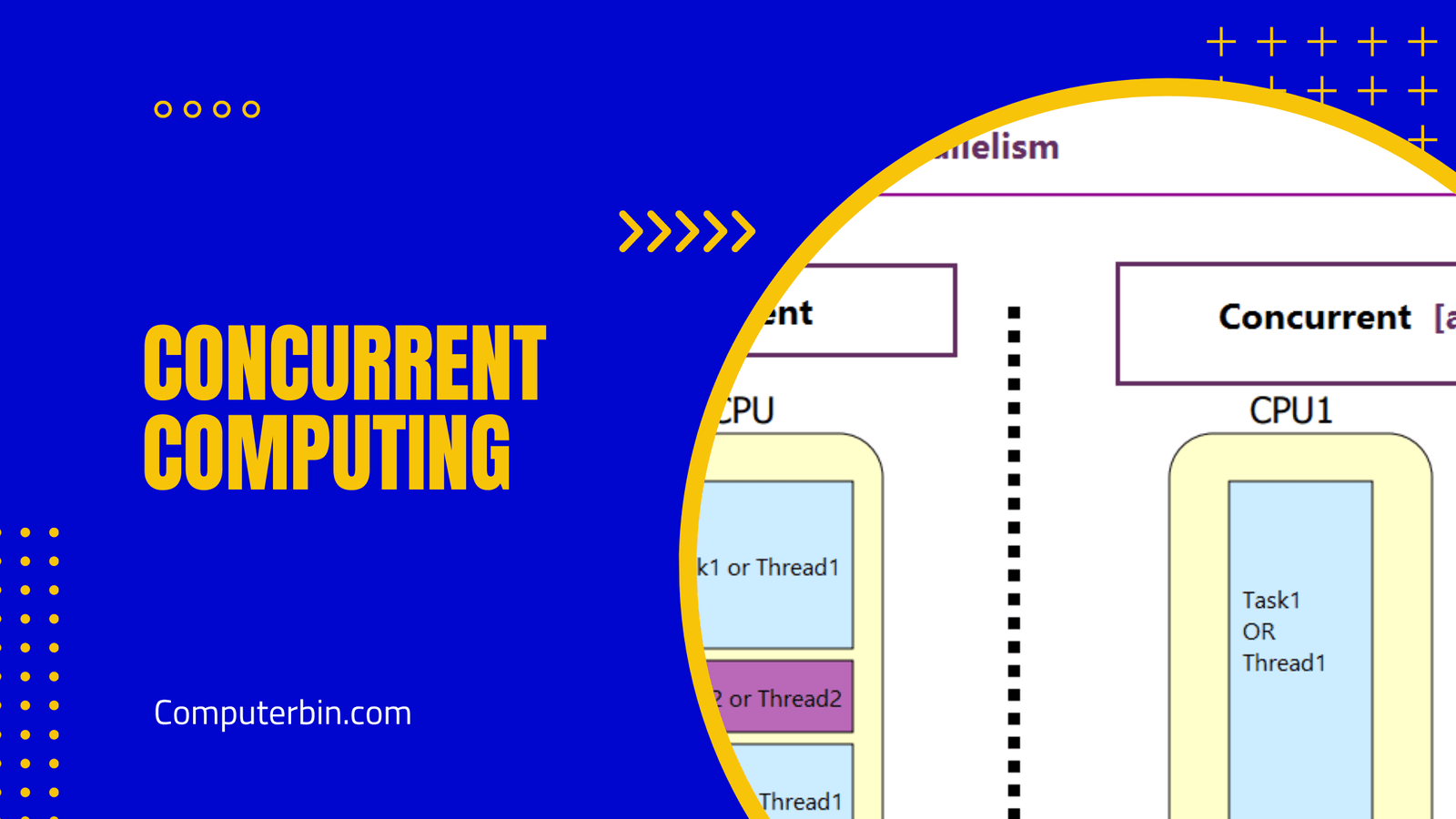The speed at which a processor’s cache memory can run is known as its cache frequency. Cache memory, also known as “computer memory”, stores frequently used information so the processor can access it quickly. It resides on the processor chip itself and can be accessed much quicker than the main memory located elsewhere on the motherboard.
Cache memory levels vary, each with a distinct frequency. For instance, the L1 cache is the smallest and swiftest type of caching, followed by the L2 cache, then the L3 cache – all located on processor packages at slightly lower frequencies than their larger counterparts, L1, which is typically built into the die.
Megahertz (MHz) or gigahertz (GHz) are used to measure cache frequency. A processor with a higher cache frequency will generally achieve faster overall performance since it can access and retrieve data more quickly from its cache.
How Memory Cache Operates
Data that is frequently accessed is kept in cache memory, located near the processor. The cache is the first place the processor looks when searching for data to see if it’s already there. If found, processing moves quickly if found within the cache; otherwise, main memory must first be accessed and placed back for later use.
Different Cache Memory Levels
Cache memory is divided into several levels, each having its own size and frequency. The L1 cache, followed by the L2 cache and finally the L3 cache, is the smallest and fastest. These caches reside on processor packages at slightly lower frequencies than their larger counterparts in the processor die.
Cache Frequency’s Impact on Performance
Cache frequency is an essential factor in processor performance. A faster overall speed may be achieved with a processor with a higher cache frequency since it can access and retrieve data faster from its cache. This speed boost is especially beneficial when performing tasks requiring frequent memory access such as multitasking or performing complex calculations.
Influences on Cache Frequency
When it comes to cache memory, the size and type used, as well as the processor architecture, all these variables can influence its frequency. For instance, a processor with a larger cache may operate at lower frequencies due to its larger capacity; similarly, with a complex architecture having more transistors onboard may cause the frequency of the cache to decrease.
Cache Frequency in Modern Processors: Its Importance
When selecting a processor, cache frequency is an essential factor to take into account–especially for tasks requiring high performance. Larger cache sizes and higher cache frequencies have become increasingly popular in recent years due to their capacity for speedy data access and improved efficiency. But it’s essential to strike a balance between higher cache frequency requirements and other elements like cost and power usage.
Effect of Cache Frequency on Energy Use
A processor’s cache frequency can have an impact on how much power is consumed. Since running at higher frequencies requires more energy, a higher cache frequency typically consumes more power. For gadgets like laptops or smartphones that rely on batteries or have limited resources available, this factor should be taken into consideration when designing their design.
Clock Speed and Cache Frequency
Cached frequency and clock speed should be distinguished. Clock speed, measured in GHz, refers to the rate at which a processor can carry out instructions. Although having more processing power does not always translate into faster performance; both factors influence performance but in different ways.
Selecting an Appropriate Cache Frequency
When selecting a processor, the frequency, and size of the cache should also be taken into consideration. Tasks requiring frequent access to memory might benefit from processors with higher cache frequencies and larger cache sizes; however, it’s essential to balance other aspects like power usage and cost with this requirement for higher cache frequency.
Cache Frequency Upgrade
Overclocking a processor might be possible to increase its cache frequency. This involves raising the processor’s operating frequency above its rated speed, which can be done either through BIOS settings or special software. But be careful; incorrect overclocking could result in decreased stability or even processor damage if done incorrectly.
Conclusion
Cache frequency is an important variable that may impact a processor’s performance. A higher cache frequency allows for faster access and retrieval of data from the cache, leading to faster overall speed. When selecting a processor, take into account both size and frequency of its cache as well as other factors like cost and power consumption when considering whether the higher cache is necessary.





